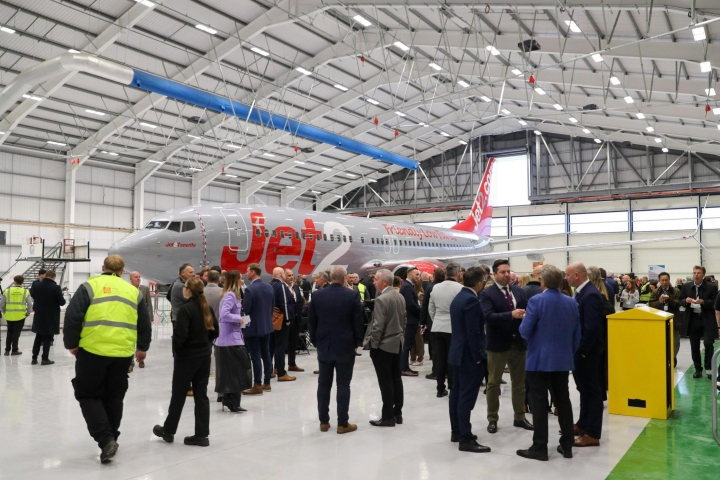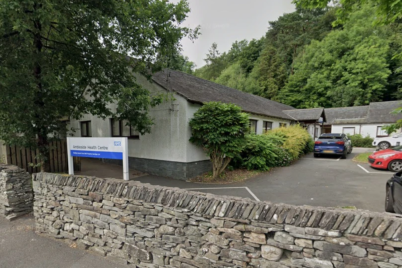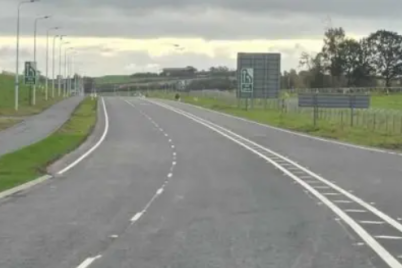A major expansion at Teesside International Airport has taken flight with the opening of a new £13.5 million aircraft hangar capable of servicing Boeing 737 and Airbus A320 jets. The state-of-the-art facility, built by aviation company Willis Lease Finance Corporation, marks the firm’s second hangar at the airport near Darlington and is being hailed as a pivotal milestone in the site’s ongoing revival.
The project will create around 100 new jobs and 12 apprenticeships, strengthening both the local economy and the region’s growing aviation industry. The investment is part of a wider effort to build Teesside’s reputation as a national hub for aircraft maintenance and engineering.
Executive chairman Charles Willis said the new hangar brought the company’s total investment at Teesside to about £75 million, with up to £200 million more planned over the next three years. The facility forms a crucial part of Willis’s “nose-to-tail” service, offering comprehensive maintenance, repair, and storage for global aviation operators.
“It’s a pivotal day, a huge milestone for Teesside Airport,” said Phil Forster, the airport’s managing director. “WASL’s new hangar is a fantastic vote of confidence in our airport and our region – and I thank them for their continued investment and support. This expansion shows that Teesside has the skills, space, and strategic location that major firms are looking for.”
Tees Valley Mayor Ben Houchen said the development further secures the airport’s future and underlines its potential as both a commercial and community asset. “Holiday flights are important and we won’t stop working to secure more routes local people are asking for,” he said. “But making sure our airport isn’t just financially stable, but thriving, is key if we want it to reach its full potential. This expansion further secures our airport’s financial future and, crucially, creates even more well-paid jobs for local people to build brilliant careers in aviation right on their doorstep.”
The opening of the hangar is the latest success in Teesside International’s transformation since it was brought back into public ownership in 2019. Once facing decline, the airport has since seen a resurgence, with new passenger routes, modernised facilities, and major investments in logistics and maintenance.
Founded during World War II as RAF Middleton St George, the site has long played a role in British aviation history. It evolved into a civilian airport in the 1960s and became a key regional transport hub through the late 20th century. After difficult years following the 2008 financial crisis, the airport’s fortunes have improved dramatically thanks to strategic investment and its new Freeport status.
Willis Lease Finance Corporation’s commitment to Teesside highlights the airport’s strategic importance in the UK’s aerospace sector. With its space, infrastructure, and skilled workforce, Teesside is increasingly attractive to firms looking to base their engineering and maintenance operations in the North East.
For many in the Tees Valley, the hangar’s opening represents more than just another piece of infrastructure. It is a symbol of renewed confidence, regional pride, and economic ambition. From its wartime origins to its modern rebirth, Teesside International Airport continues to adapt and grow—cementing its place as one of Britain’s most promising regional aviation success stories.













